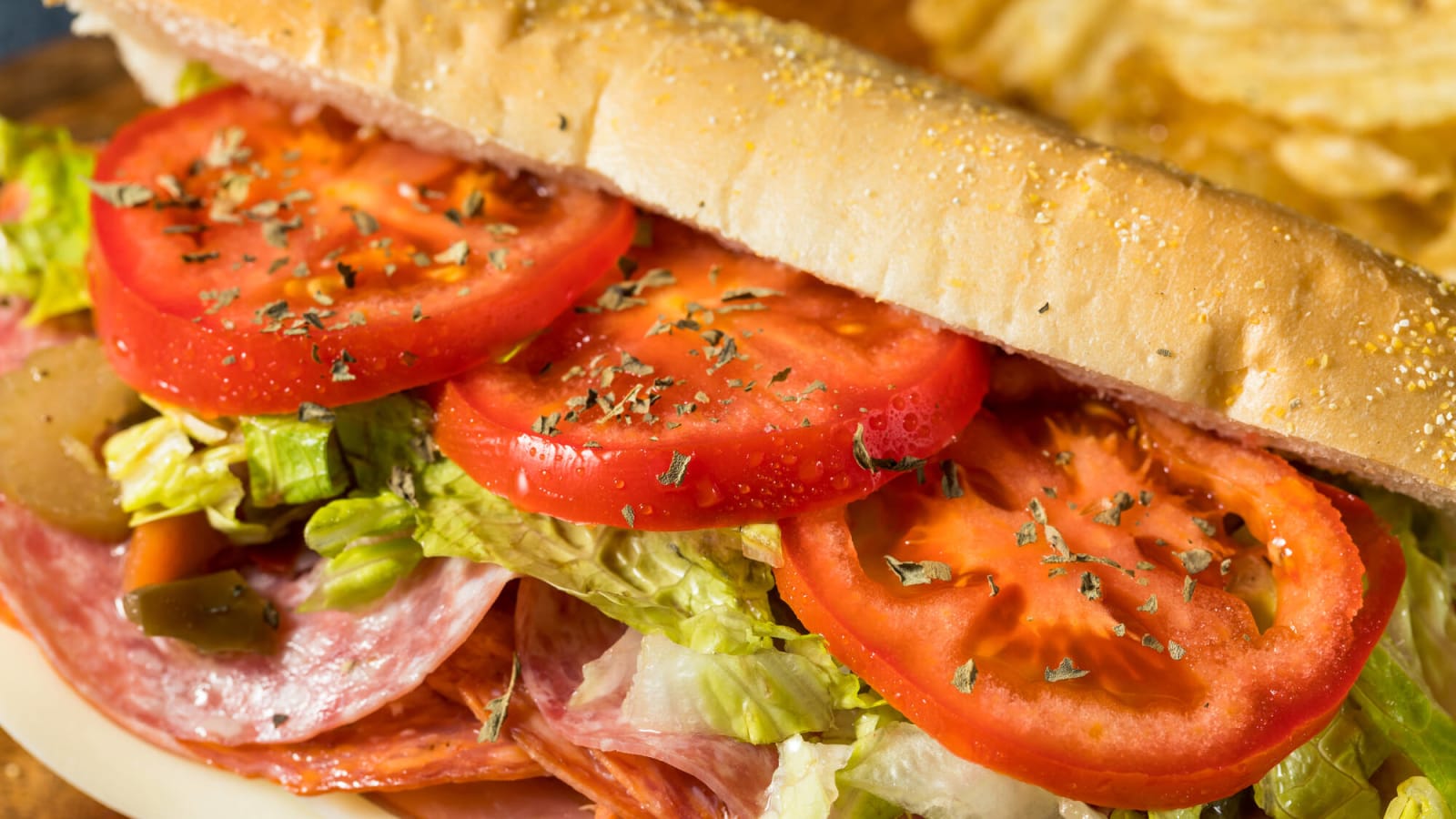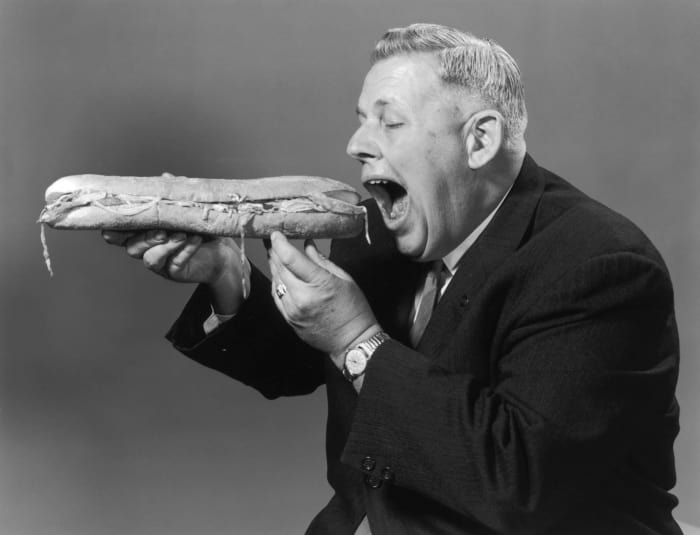x

Shutterstock
The history of the hoagie, A Philadelphia staple
Philadelphia's sandwich chops don't stop at the cheesesteak. We also have the City of Brotherly Love to thank for the invention and popularization of the hoagie, that sublime combination of a soft roll, salami, cheeses, ham and any other cold cuts of your choosing. Take a look back with us as we delve into the history of the sandwich.
More must-reads:
- Report: Top target emerges for Michigan head coach job
- Chiefs are one of the strangest 10-loss teams in NFL history
- The 'NBA Christmas Day 40-point games' quiz
Breaking News
Trending News
Customize Your Newsletter
 +
+
Get the latest news and rumors, customized to your favorite sports and teams. Emailed daily. Always free!



















